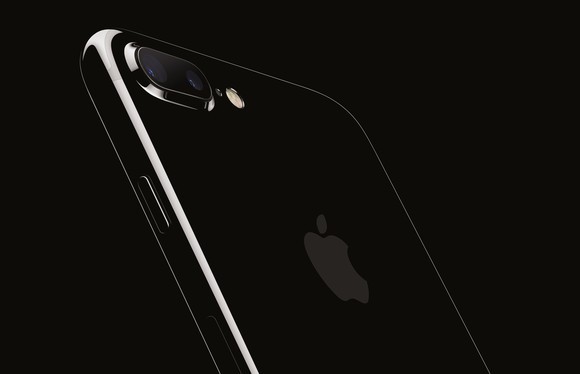In March 2016, Apple (AAPL -2.41%) introduced the iPhone SE, which was effectively an iPhone 5s with iPhone 6s-class internals. The device was intended to allow Apple to address lower-cost portions of the smartphone market than its iPhone products traditionally have while appealing to iPhone customers who preferred small-screen smartphones.
Apple hasn't released a meaningful update to the iPhone SE in over two years. Since the iPhone SE's launch, Apple has pulled some levers such as cutting prices and boosting the storage capacities of the current models to boost demand. Nevertheless, it's clear that the iPhone SE hasn't been a priority for Apple for a while.

Image source: Apple.
Rumors have floated around that Apple was planning to introduce an updated iPhone SE at some point later this year, but so far there's been nothing. And now, analysts with BlueFin Research Partners say that Apple is set to discontinue the iPhone SE later this year -- and there's no evidence that Apple has a successor in the works.
There's a very real possibility that the iPhone SE really was just a one-off "special edition" product that won't get a successor. If that's Apple's plan, it's worth trying to understand the business rationale behind discontinuing the iPhone SE lineup for good.
Bigger is better
Over the years, there has been a continued shift in consumer preference toward larger-screen smartphones. For example, Apple saw a huge jump in both iPhone unit shipments and in iPhone average selling prices during its fiscal year 2015 thanks to the introduction of the iPhone 6 and iPhone 6 Plus.
Since then, Apple has seen Phone shipments from its standard iPhone move to its "Plus" line of iPhones. For instance, Apple CFO Luca Maestri said on the company's October 2016 earnings conference call that "worldwide demand for iPhone 7 and iPhone 7 Plus has significantly outpaced supply, particularly on iPhone 7 Plus."
About a year later, CEO Tim Cook said on the company's November 2017 earnings call that the iPhone 8 Plus had "gotten off to the fastest start of any Plus model."
"That for us was a bit of a surprise, and a positive surprise," Cook said.
Moreover, Apple's iPhone X, which has a larger display than that on the iPhone 8 (though it's a tad smaller than the one on the iPhone 8), is proving to be Apple's best-selling iPhone model.
"And customers chose iPhone X more than any other iPhone each week in the March quarter, just as they did following its launch in the December quarter," Cook said on the company's earnings conference call in May.
Clearly, there's a shift among smartphone buyers toward larger screen devices, so I wouldn't be surprised if the number of prospective iPhone customers who want to cling onto smaller-screen devices has continued to dwindle since the iPhone SE launched.
Not good enough for budget customers
The other market that Apple was going after with the iPhone SE was budget-conscious customers, particularly in emerging markets, who still wanted to buy iPhones. The reality that Apple has to contend with is that there are many low-cost Android smartphones that come packed with large screens and reasonably good internal specifications -- and those devices are only getting better and cheaper.
For Apple to more successfully compete against those Android devices at lower price points, the iPhone SE simply isn't enough anymore. In fact, there have been some data points to suggest that Apple agrees.
A recent report from The Economic Times said that Apple began building iPhone 6s devices in India, citing "two senior industry executives." The purpose of manufacturing those devices in India is, presumably, to avoid import tariffs on the devices, allowing Apple to more effectively compete on price with other smartphone makers in the region.
The iPhone 6s and its larger sibling the iPhone 6s Plus are modern devices with large screens and solid internals. If Apple wants to go after more budget-oriented consumers, selling discounted versions of previous large-screen flagships might be a more effective strategy than selling the iPhone SE.
Investor takeaway
Although there will be some consumers who won't be happy with the discontinuation of the iPhone SE should it come to pass, and while Apple might be leaving some unit shipment sales on the table by doing so, I can understand why Apple would ultimately want to focus its development efforts on its bigger devices instead of trying to refresh smaller devices.





